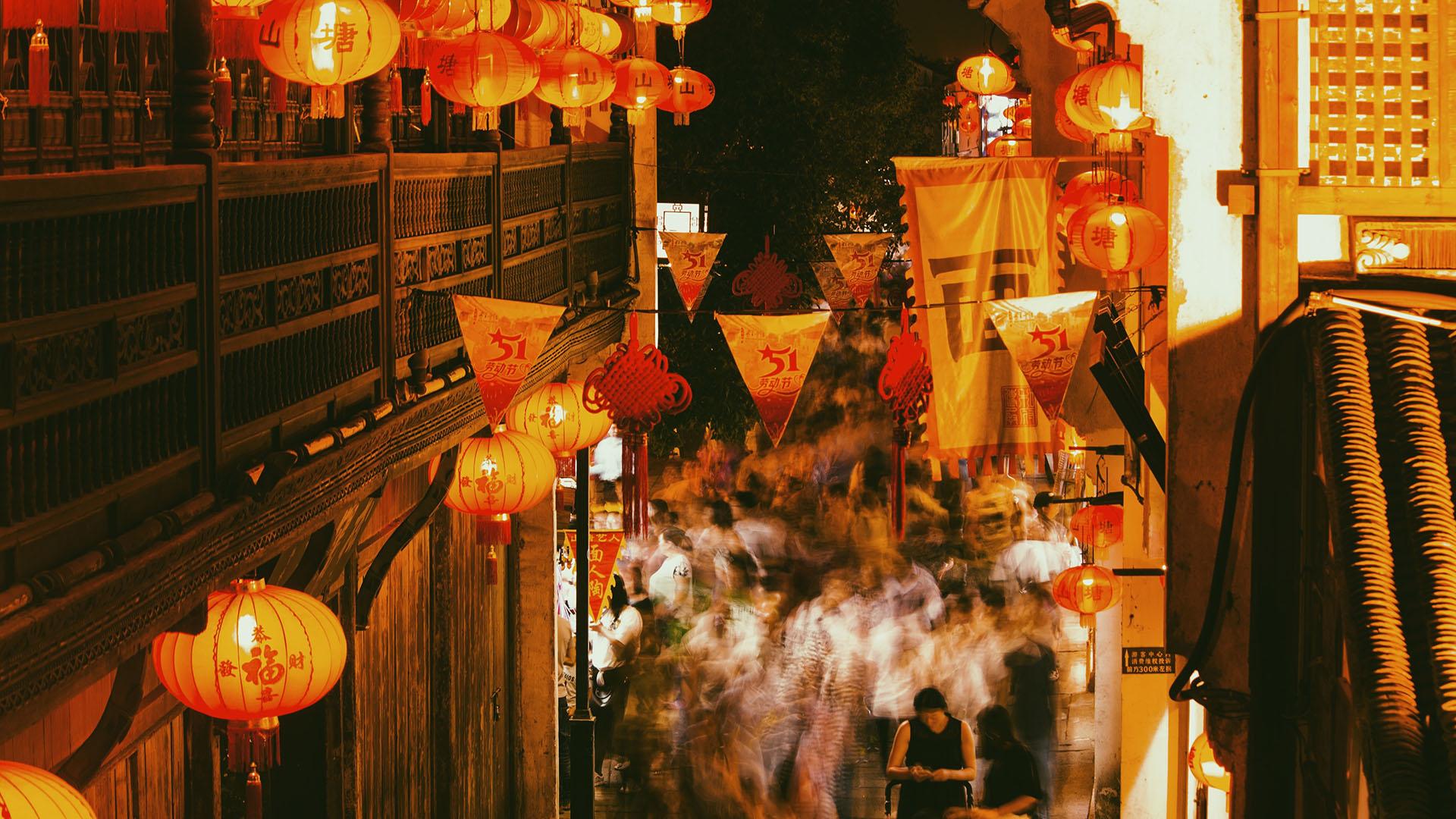What do you do with a (Zoom) room full of experience experts?
That’s just one of the questions we’ve been trying to solve over the course of our Experimental Campfires – and as we fanned the flames of our eighth edition, we finally thought we’d crack(l)ed it.

When you’ve got that much talent, insight and experience in one place, all you need to do is strike a match and let it explode. So rather than directing the sparks, once again we brought together founding members from Melbourne, Shanghai, Frankfurt, Helsinki, Bristol and beyond, gave them the floor, and let the conversation light up.
The result? Ten mini-lessons from across the Experience Economy on how to reimagine rituals, turn boring tasks brilliant, create positive addictions and make a billion new experiential consumers.
1. How to use neuroscience to support art
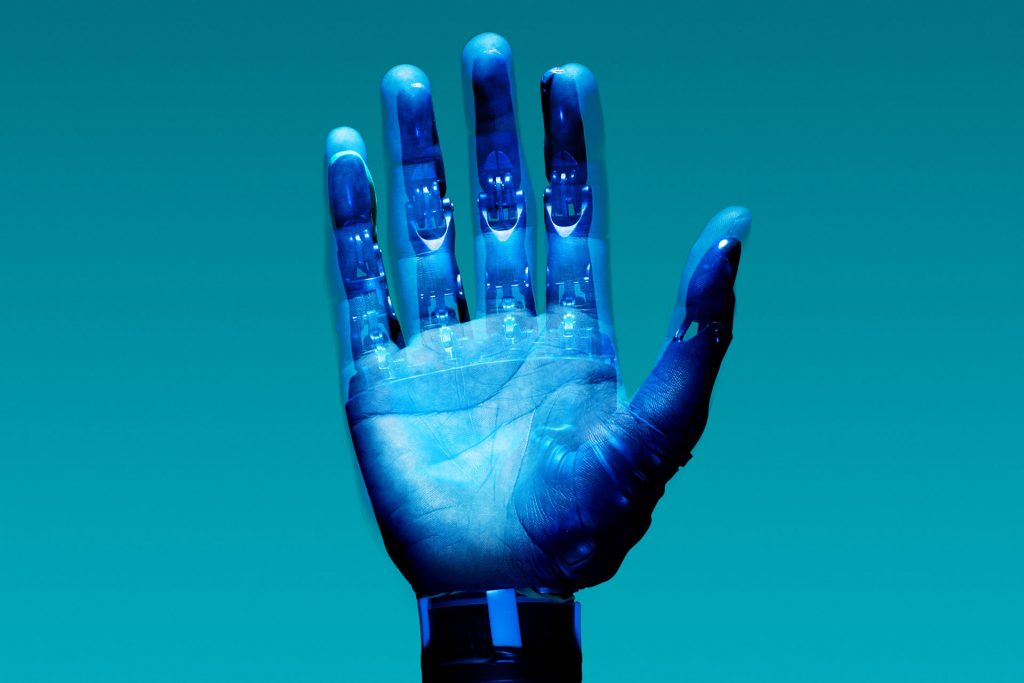
Immersive art impresario Dorothy di Stefano talked about how we might combine neuroscience with art to create better experiences, and about the work of neuroscientist Katherine Templar Lewis.
“It’s about proving the power of art on improving wellbeing. She talks about sitting on the edge of evidence-based science and connecting that to felt experiences. Emotion-tracking software is also being developed in Melbourne, which is able to change people’s experience in real time based on whether they’re having a good time or not.”
Dorothy di Stefano
“I’ve heard the term ‘art-tainment’ before, but there almost ought to be a word for ‘art-tech-wellbeing-tainment’. It feels like they’re coming together,” added James Wallman, the WXO’s Founder.
UPDATE: Katherine Templar Lewis has collaborated on a new experience which you might describe as ‘art-tech-wellbeing-tainment’, the exceptional Uncertainy Experts.
2. How to bring together nature and technology
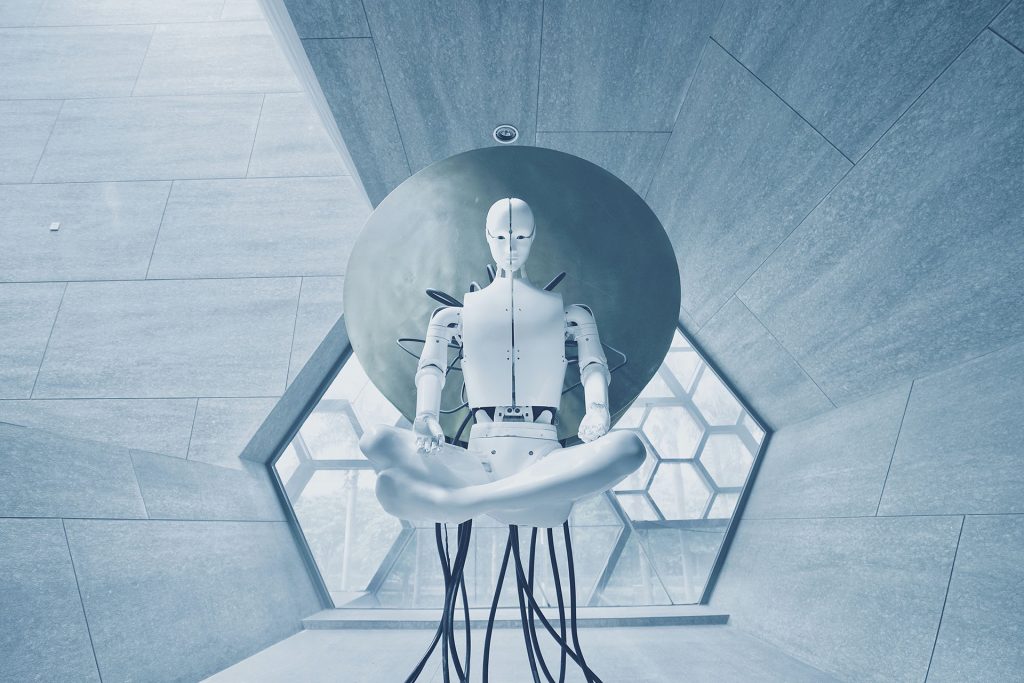
Combining nature and technology within experiences might also pave the way to a greater sense of wellbeing.
“Today we’re all turning a little bit cyborg. If there’s technology in my glasses, my new pair of sneakers, even my teeth, that makes me a little like a robot. CRISPR and artificial intelligence are very close to each other, because just as you can use technology to optimize humans, you can also make technology more human.
When you go to a music festival or a large immersive event, you attain a new level of being that means much more than a new pair of shoes. Self-optimisation is on the one hand about wellbeing and nature, and on the other the digital world, which together merge into one.”
Stefan Weil, Chief Creative Officer, Atelier Markgraph
“And I don’t think it’s just about happiness; it’s about the potential that we have to live as humans,” agreed Wallman.
3. How to make an old ritual new

From nature to human nature: we also discussed the importance of transforming cultural rituals using technology to provide a hook into an experience.
“Experience has a very long legacy. It wasn’t invented in Las Vegas! We must look back to the rituals that drive experiences and translate them using new technology to get an interesting connection, as Burning Man does.”
Stefan Weil, Chief Creative Officer, Atelier Markgraph
Mike Lai cited an interesting example of reappropriating an old ritual using modern technology in China, where he lives and works. He talked about how China is really advanced in mobile payments compared to much of the world, thanks in part to an initiative by the company Tencent when rolling out their new mobile payment system.
“During Chinese New Year, you give a red pocket with cash inside. Also for a wedding, a birthday, or even for your annual bonus. So it’s a ritual with real cultural significance.
Tencent created a kind of lotto system during Chinese New Year to get people to sign up to their new mobile payments. People would try to get digital red pockets within the app. The more red pockets you gave, the more you’d receive. There was a bit of gamification using the ritual that got them to adopt this new technology.”
And what’s really interesting is that the culture behind red pockets has completely changed. We now use them in a company context as a form of punishment – if you’re late to a meeting, you have to put a red pocket in the group. Everyone gets a different amount, so people compete to see who gets the most.”
Mike Lai, X Thinking Institute
4. How to make a billion experiential consumers
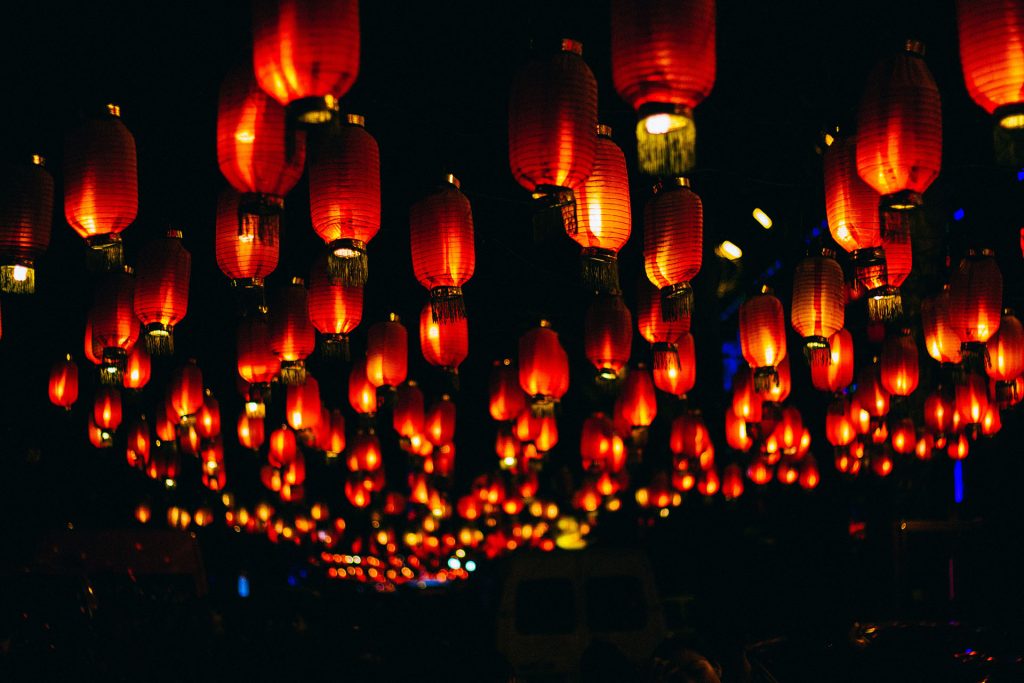
Lai also spoke about different levels of “experience sophistication” among different cultures and generations, particularly in China.
“There’s this expectation that everyone wants experiences. But in certain parts of the world and within certain generations, they may still be looking at products versus services versus experiences. In the research we’re doing in China, consumers are very focused on Gen Y and Z because they are more open to experiences, compared to an older generation that feels like you’re selling them snake oil instead of giving them an physical product.
So do we need to educate people about what type of experiences are good for them? How can we teach them that it’s the experience, not the product, that’s going to make them happy?”
Mike Lai
When bringing experiences to a new market, you also need to remember to translate them. What works in one place and for one set of consumers will fall flat elsewhere, as Dorothy explained.
“We’d never created a piece for the Chinese market, so we spoke to an arts professional who does. He said that culturally they’re very curious people, and so his experience is that a team laptop experience doesn’t resonate for them. So we need to think not only about what makes a great experience, but also about how it translates.”
Dorothy di Stefano
Mike gave the example of when the American car company Ford attempted to bring their Mustang over to China.
“The story just didn’t work anymore. It doesn’t resonate here. It doesn’t have the same legacy, so everyone just thought, so what? And that’s the challenge: when bringing really culturally significant things from one culture into another, how do you make them relevant?”
Mike Lai
5. How to articulate the value of experiences
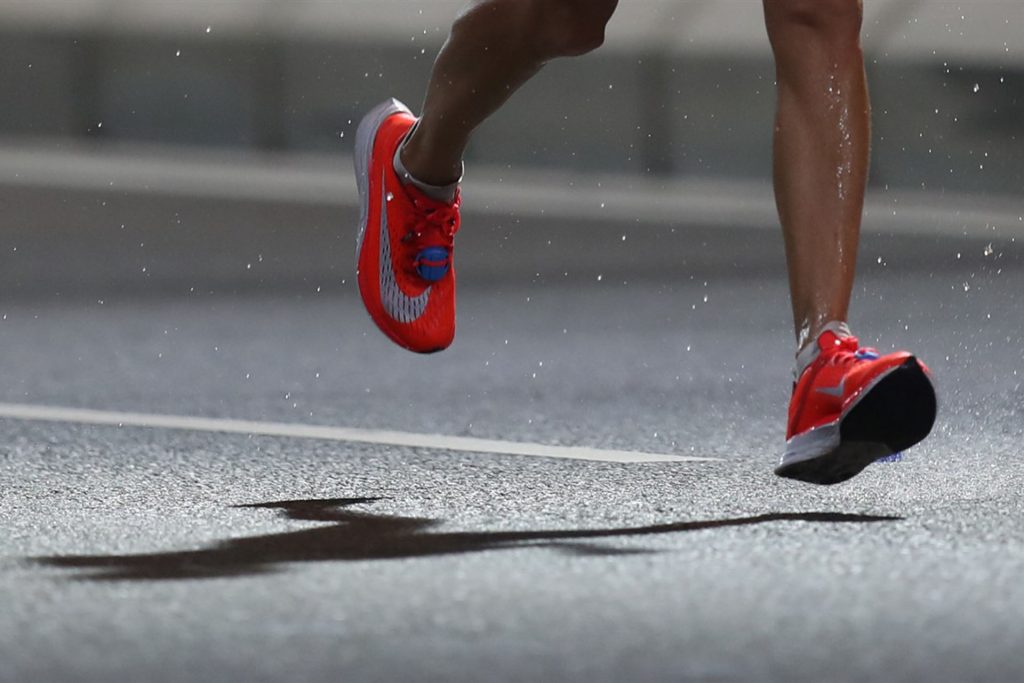
Sports experience expert Andrew O’Loughlin thought that stats and/or stories were the way to engage people with the value of experiences.
“We understand that experience is good for wellbeing, but how can we convey that to people in a tangible, meaningful way?”
Andrew O’Loughlin
Take Nike’s Vaporfly sneakers, for example. Nike released data based on race results from more than one million marathons or half marathons in dozens of countries from April 2014 to December 2019, which suggested that runners wearing Vaporfly 4% or Vaporfly Next% ran 4 to 5 per cent faster than a runner wearing an average running shoe.
“Every shoe has been getting lighter, but other shoe brands don’t tell the story like Nike does. Whether it’s quantified by numbers and metrics or it’s a story that people will share, we need to take our cues from them and explain the value of what we provide in a way that people will understand.”
Andrew O’Loughlin
6. How to make a boring task better
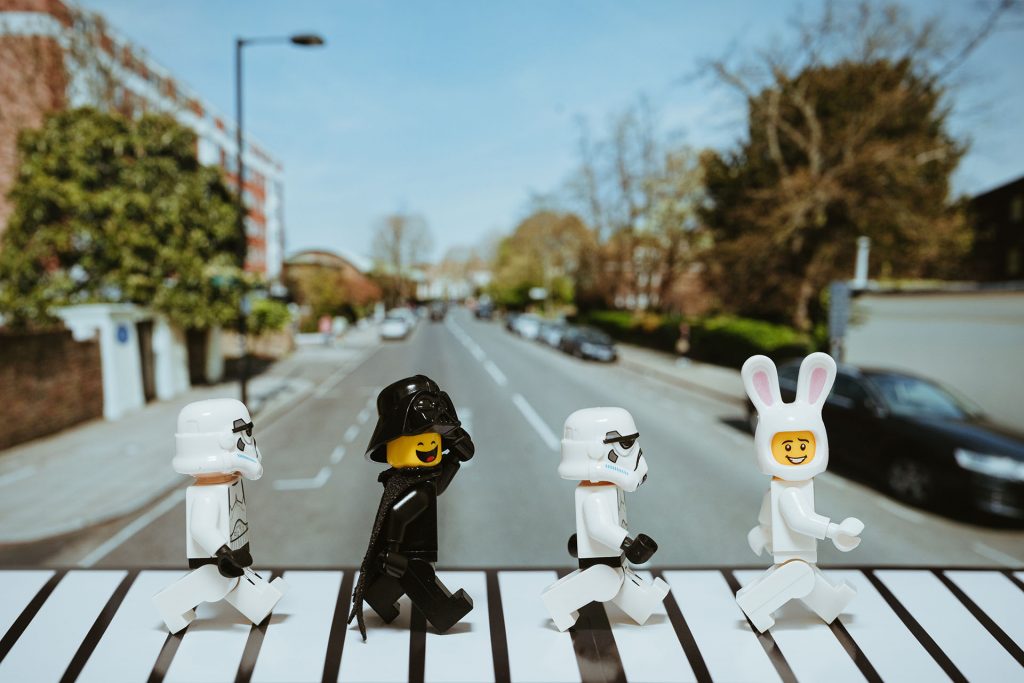
What better way to convince people of the value of experiences than making the boring bearable – or of convincing companies by showing how they can increase productivity and in turn, profit?
Virpi Roto, the Founder of the Experience Research Society, is on a mission to make the dull task of monitoring an enjoyable experience for all humans.
“In the most automated environments, there needs to be people who watch the computers. And that’s the nastiest job I can think of, because humans are not capable of maintaining their attention when they’re watching the numbers change in some process system in a factory. Companies don’t want to invest in new technology to counter this, unless it’s AI – so how can we change the experience in this hard-to-change environment?”
Virpi Roto
“I think a gaming-based solution, like Space Invaders, could be amazing,” suggested di Stefano. Weil also talked about how at Lego, the employee experience is considered alongside the retail and brand experience.
“My friend is responsible for designing the experience for Lego. She’s responsible for all Lego stores in the world – as retail, as brand experience, and as a workplace. She takes care of how employees are treated, how their desktop looks, what food they get, what art is on the wall. I’ve never heard of a company where retail experience and workplace are on the same level. Normally it’s retail first, then experience, and then workers, which isn’t good.”
Stefan Weil
Wallman agreed that companies should be putting their employees first – not just because it’s the right thing to do, but because it makes them more profitable and productive.
“What companies care about is growth – but growth comes from profit, which comes from returning customers and referrals, which comes from NPS. This is why companies today care more about EX: because EX leads to great CX. You should care about your employees not only on the days they work for you, but also when they don’t, as this will affect how they show up. In fact, there’s research that happier employees are between 11 and 14% more productive.”
James Wallman
7. How to make every consumer a participant
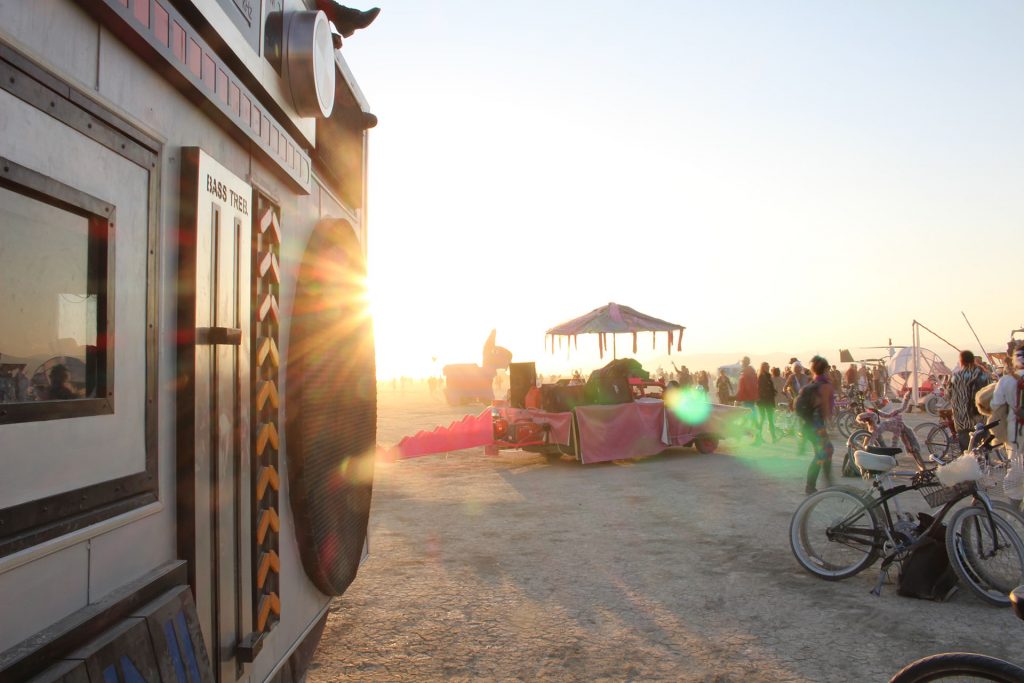
This level of collaboration and co-creation also applies to the relationship between an experience and its participants. Weil objected to the use of the term “experiential consumer”, preferring “experiential enjoyer” or similar.
“When it’s only about consuming, you don’t dive in. At Burning Man they say no spectators and they are completely right, because when you go into Black Rock Desert, you should be enjoying everything – not standing on the side asking what all these crazy people are doing.”
Stefan Weil
Being part of the action doesn’t necessarily mean going to Burning Man heights of hedonism, though.
“At a Coldplay concert, 60,000 people are singing. There are easy ways to get people involved. You don’t have to do everything. Don’t just consume by paying to be there and taking a photo for Instagram – enjoy it.”
Stefan Weil
Music is the key to experiences – see the ways in which corporate trade shows are becoming more like music festivals – although we’d love to know how experience designers might approach this sense of unity and engagement without using it…
8. How to win the ‘Instagram arms race’

Weil’s point about not just consuming via Instagram sparked a discussion about what Lai called “the arms race of brands upping their Instagrammability”.
“In some stores or restaurants in China there are screens on the ceiling, screens on the walls, screens on the floor: literally projections everywhere, and people are going there just to get their picture taken. But the unsustainability of it is that once they’ve done that, they don’t return. And if the place doesn’t do so well, it’s cheap for them to remodel, so they’ll scrap it out and put in a whole new design. I’m concerned that if we’re using experiences in this way, we’re contributing to something that’s extremely unsustainable and arguably is doing more harm than good.”
Mike Lai
Di Stefano agreed that Instagram-centric experiences are of dubious value – but also made the point that they are accessible, shareable and are what some people want.
“If we look at the example of the Museum of Ice Cream, they’ve made so much money it’s insane, and it is literally just an Instagram moment. It’s just plastic bananas that you stand in front of, and people are queuing up to get in. I think it’s really bizarre, but it works, and they’re opening up new ones all the time.
Everyone’s unique, and everyone is looking for a different experience – so for brands it’s about not trying to imagine the perfect experience.”
Dorothy di Stefano
Turns out, even Weil couldn’t resist the siren call of the selfie on a visit to LA’s Museum of Selfies. It’s happened to the best of us, Stefan.
9. How to turn addiction into a positive
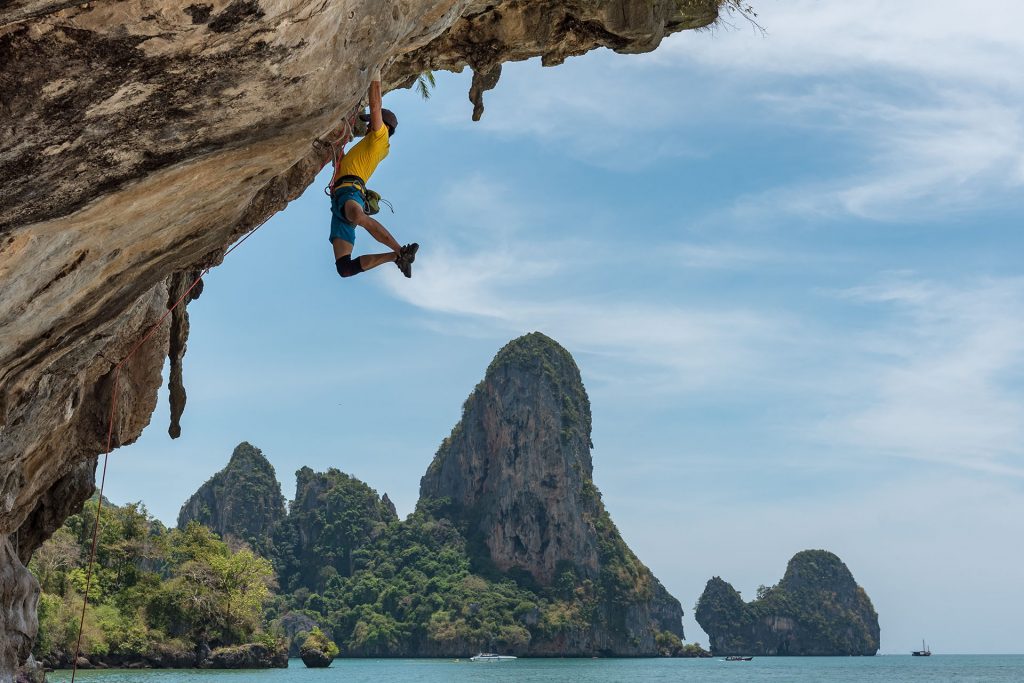
Whether your addiction is Instagram or something more sinister, experience designers need to be careful about the role it has to play in their experiences, according to Virpi.
“There’s a thin line between being enjoyable and motivational and addictive. The user experience field started by creating more and more addictive systems, and we all know that those companies who are too addictive are now not successful unless they lower the addictiveness of their systems and ethical aspects come into play. Nowadays it’s much more about wellbeing-driven experience design.”
Virpi Roto
Di Stefano agreed that “brands need to be talking about sustainability and having empathy towards their clients. And my feeling is that the brands that aren’t having those conversations are just going to disappear.”
However, Wallman pointed out that addiction isn’t always a bad thing – and that maybe we should be flipping our focus on the subject.
“When something’s addictive but good for you, no one has a problem with it. Take climbing: that is so addictive. And no-one ever says ‘oh watch out for sport, that’ll get you!’. So there are good addictions and there are bad addictions. Instead of talking about negative addictions, why can’t we try and create experiences that are positively addictive?”
James Wallman
10. How to keep ’em coming back for more
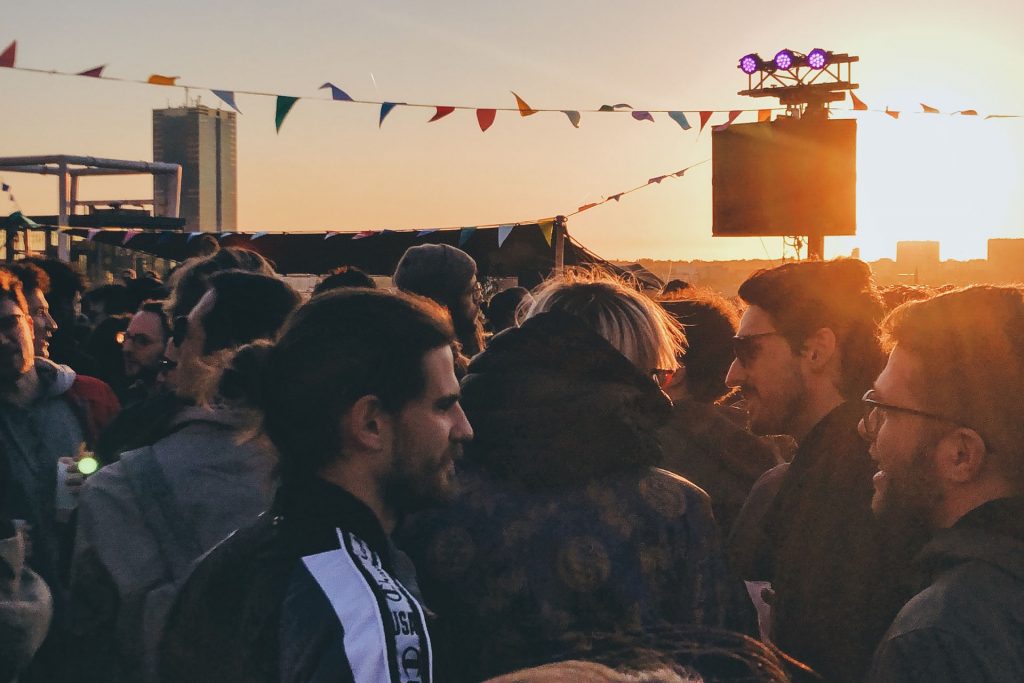
This is a question Wallman has been wrestling with when recently designing a series of travel itineraries, when he wondered if using an episodic structure and cliffhangers might give participants an incentive to return.
Lai and di Stefano weren’t so convinced.
“A cliffhanger goes against the whole idea of theater, where you take people on a journey and make them feel safe before they come out. So the idea of leaving them on a cliffhanger depends on what kind of cliffhanger we’re talking about.”
Dorothy di Stefano
“I’ve never liked the pure cliffhanger. I need a bit of resolution. If you take away the finale, you’re leaving me hanging – and that’s never a great experience. When you talk about the peaks and valleys – we did some research on this about 10 years ago – it’s got more to do with the distance between the valley and the peak. The greater that distance, the more happy that person ends up.”
Mike Lai
O’Loughlin thought that it depends on the kind of experience you’re designing.
“It takes a very brave experience provider to take that cliffhanger approach and leave people a little bit unfulfilled.
With theater, perhaps the aim is to leave people fulfilled so the experience is complete; but if you’re building a TV series, you want to leave a little bit of a gap in terms of people’s expectations.
If you’re planning an episodic experience and you’re brave enough to not give them everything in that first experience, it’s an intriguing way of looking at how you might design something.”
Andrew O’Loughlin
Finally, Wallman pointed out that without the need for fulfilment, there’d be no need for an experience in the first place.
“If you go back to material-based consumerism, Victor Lebow wrote a paper in the early 1950s that talked about the dissatisfied consumer being at the heart of consumerism. Because you need them to want more.
So, as experience creators, if we want people to spend more of their money and time, we should look at the world of material things – which may have lots of tensions around the happiness that it brings. But if we want to get people to move into the Experience Economy, we may have to play a little in that arena.”
James Wallman
The WXO Take-Out
- Once we know that experiences are better than material goods at making us happy, the question becomes: what kind of experiences are the best at making us happy?
- We might be able to combine neuroscience with art to create better experiences.
- Combining nature and technology within experiences might also pave the way to a greater sense of wellbeing.
- We can transform cultural rituals using technology to provide a familiar-but-different hook into an experience.
- Co-creation is incredibly important. There are always going to be different types of people. There are those who will dive in and there are those who just want to watch, and one of the fascinating things is trying to identify those people.
- Whether it’s quantified by numbers and metrics or it’s a story that people will share, we need to explain the value of what we provide in a way that people will understand.
Interested in taking part in discussions about experiences and the Experience Economy? Register your interest in becoming a member here to be the first to know about upcoming WXO events, both digital and IRL.

